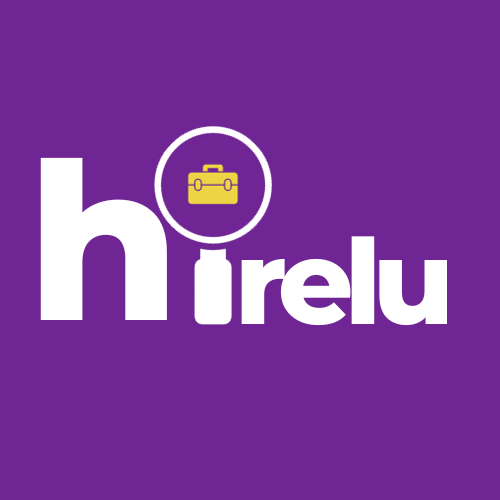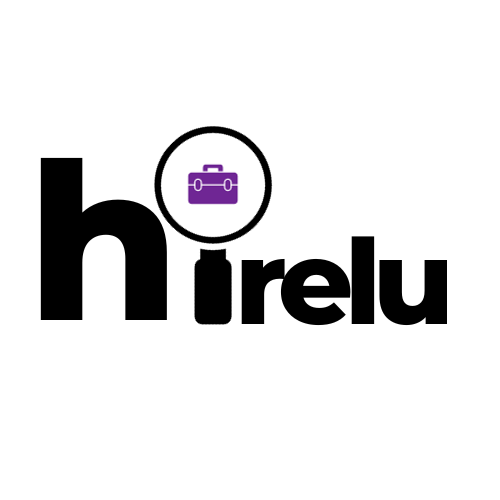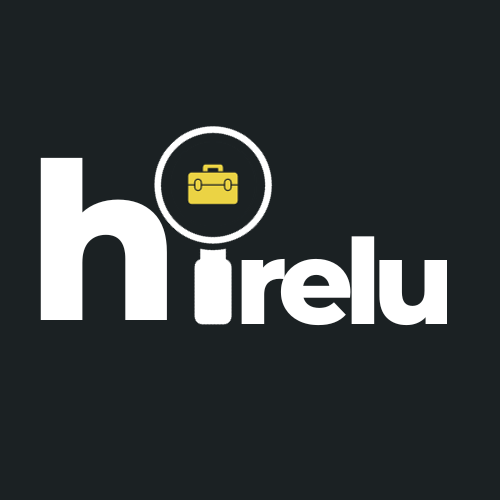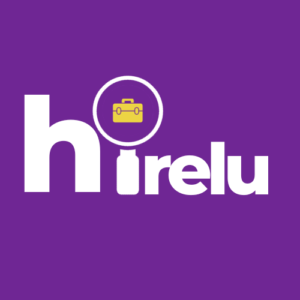In today’s competitive job market, having a well-crafted resume is essential for standing out from the crowd and landing your dream job. Your resume serves as your first impression to potential employers and is often the deciding factor in whether or not you get called for an interview. It is not just a document that lists your work experience and education; it is a marketing tool that showcases your skills, achievements, and unique value proposition.
Key Takeaways
- Crafting an impressive resume is important for job seekers to stand out in a competitive job market.
- Understanding the purpose and audience of your resume is crucial in creating an effective document.
- A winning resume should include essential components such as contact information, work experience, and skills and achievements.
- Choosing the right format for your resume, whether chronological, functional, or combination, can impact how your qualifications are presented.
- A powerful summary statement and tailored content can help job seekers highlight their unique value proposition and stand out to potential employers.
The Basics of Resume Writing: Understanding the Purpose and Audience
The purpose of a resume is to provide a concise summary of your qualifications, skills, and experience that is relevant to the job you are applying for. It should highlight your most impressive achievements and demonstrate why you are the best candidate for the position. When writing your resume, it is important to keep in mind the target audience, which is typically hiring managers or recruiters. They have specific expectations and are looking for certain qualities and qualifications in a candidate.
Customization is key when it comes to crafting an effective resume. Each job application should be treated as unique, and your resume should be tailored to match the requirements of the specific job you are applying for. This means that you may need to make adjustments to your resume for each application, highlighting different skills and experiences that are most relevant to the position.
Essential Components of a Winning Resume: From Contact Information to Work Experience
A well-crafted resume should include several essential components that provide a comprehensive overview of your qualifications. These components include:
1. Contact information: This includes your name, phone number, email address, and LinkedIn profile URL. Make sure this information is accurate and up-to-date.
2. Professional summary statement: This is a brief paragraph at the beginning of your resume that highlights your key qualifications and summarizes your career goals. It should capture the attention of the reader and entice them to continue reading.
3. Work experience: This section should list your previous jobs in reverse chronological order, starting with your most recent position. Include the company name, job title, dates of employment, and a brief description of your responsibilities and achievements in each role.
4. Education and certifications: List your educational background, including the name of the institution, degree earned, and dates of attendance. If you have any relevant certifications or licenses, include them in this section as well.
5. Skills and achievements: This section should highlight your key skills and accomplishments that are relevant to the job you are applying for. Use bullet points to make this information easy to read and scan.
Choosing the Right Format for Your Resume: Chronological, Functional, or Combination
| Resume Format | Description | Advantages | Disadvantages |
|---|---|---|---|
| Chronological | List work experience in reverse chronological order | Easy to read, highlights career progression | May emphasize gaps in employment or lack of relevant experience |
| Functional | Emphasizes skills and achievements rather than work history | Can be useful for career changers or those with gaps in employment | May be viewed as trying to hide lack of experience or job hopping |
| Combination | Combines elements of both chronological and functional formats | Allows for highlighting both work history and skills/achievements | Can be difficult to balance and may appear cluttered |
There are three main formats for organizing the information on your resume: chronological, functional, and combination.
1. Chronological format: This is the most common format and is ideal for candidates with a solid work history and a clear career progression. It lists your work experience in reverse chronological order, starting with your most recent position.
2. Functional format: This format focuses on your skills and achievements rather than your work history. It is ideal for candidates who have gaps in their employment history or are changing careers.
3. Combination format: As the name suggests, this format combines elements of both the chronological and functional formats. It allows you to highlight your skills and achievements while still providing a chronological overview of your work experience.
When choosing the right format for your resume, consider your experience and skills, as well as the requirements of the job you are applying for. Choose a format that best showcases your qualifications and makes it easy for the reader to understand your background.
Crafting a Powerful Summary Statement: Capturing Your Unique Value Proposition
The summary statement is one of the most important sections of your resume as it serves as an introduction to who you are as a candidate. It should capture the reader’s attention and entice them to continue reading. Your summary statement should highlight your unique value proposition, which is what sets you apart from other candidates and makes you the best fit for the job.
To craft a powerful summary statement, start by identifying your key qualifications and skills that are most relevant to the job you are applying for. Then, think about how these qualifications and skills align with the needs of the employer. Finally, write a concise paragraph that captures your unique value proposition and showcases why you are the best candidate for the position.
Here are a few examples of effective summary statements:
– “Results-driven marketing professional with 5+ years of experience in developing and executing successful digital marketing campaigns. Proven track record of increasing brand awareness and driving customer engagement. Skilled in SEO, SEM, social media marketing, and content creation.”
– “Experienced project manager with a strong background in leading cross-functional teams and delivering projects on time and within budget. Proven ability to manage multiple projects simultaneously and prioritize tasks effectively. Excellent communication and problem-solving skills.”
– “Dedicated customer service representative with 3+ years of experience in providing exceptional customer service in fast-paced environments. Skilled in resolving customer complaints, handling difficult situations, and building strong relationships with clients. Strong attention to detail and ability to work well under pressure.”
Highlighting Your Skills and Achievements: Using Action Verbs and Metrics

In addition to your work experience, it is important to highlight your skills and achievements on your resume. This helps to demonstrate your qualifications and show potential employers what you can bring to the table.
One effective way to showcase your skills is by using action verbs in your bullet points. Action verbs help to make your accomplishments sound more dynamic and impactful. For example, instead of saying “Responsible for managing a team,” you could say “Led a team of 10 employees, resulting in a 20% increase in productivity.”
Another way to highlight your achievements is by using metrics to quantify your accomplishments. This helps to provide concrete evidence of your success and makes your resume more compelling. For example, instead of saying “Increased sales,” you could say “Increased sales by 25% within the first quarter, resulting in $100,000 in additional revenue.”
Tailoring Your Resume to the Job: Analyzing Job Postings and Customizing Your Content
One of the most important steps in crafting an effective resume is tailoring it to the specific job you are applying for. This involves analyzing the job posting and customizing your content to match the requirements and qualifications outlined in the posting.
Start by carefully reading the job description and making note of the key skills, qualifications, and experience that are required for the position. Then, review your resume and make adjustments to highlight the skills and experience that are most relevant to the job.
For example, if the job posting emphasizes strong communication skills and experience with project management, make sure to include specific examples of your communication skills and project management experience in your resume. This will show potential employers that you have the qualifications they are looking for and increase your chances of getting called for an interview.
Avoiding Common Resume Mistakes: Spelling, Grammar, and Formatting Errors
Spelling, grammar, and formatting errors can make a negative impression on potential employers and can cause your resume to be overlooked. It is important to proofread and edit your resume carefully to avoid these common mistakes.
Some common resume mistakes to watch out for include:
– Spelling errors: Make sure to spell-check your resume before sending it out. Spelling mistakes can make you appear careless or unprofessional.
– Grammar errors: Check for grammar errors such as incorrect verb tense or subject-verb agreement. These errors can make your writing sound awkward or confusing.
– Formatting errors: Make sure your resume is well-organized and easy to read. Use consistent formatting throughout, including font style and size, bullet points, and spacing.
To avoid these mistakes, take the time to carefully review your resume before sending it out. It can also be helpful to have someone else proofread your resume for you, as they may catch errors that you missed.
Getting Feedback and Revising Your Resume: Tips for Self-Editing and Peer Review
Getting feedback on your resume is an important step in the revision process. It can help you identify areas for improvement and ensure that your resume is as strong as possible.
When self-editing your resume, try to put yourself in the shoes of a potential employer. Ask yourself if the information is clear and concise, if the formatting is easy to read, and if the overall impression is professional.
It can also be helpful to have someone else review your resume for you. This could be a friend, family member, or colleague who has experience in hiring or reviewing resumes. They can provide valuable feedback and offer suggestions for improvement.
When receiving feedback, it is important to be open-minded and receptive to constructive criticism. Remember that the goal is to make your resume as strong as possible and increase your chances of getting called for an interview.
Evaluating Your Resume with a Rubric: A Comprehensive Checklist for Success
Evaluating your resume with a rubric can help ensure that you have covered all the necessary components and have presented your qualifications in the best possible way. A rubric is a comprehensive checklist that allows you to assess your resume against specific criteria.
When using a rubric to evaluate your resume, consider the following criteria:
– Is the contact information accurate and up-to-date?
– Does the professional summary statement capture the reader’s attention?
– Is the work experience section well-organized and easy to read?
– Are the skills and achievements clearly highlighted?
– Is the resume tailored to the specific job you are applying for?
– Are there any spelling, grammar, or formatting errors?
By evaluating your resume with a rubric, you can ensure that you have covered all the necessary components and have presented your qualifications in the best possible way.
Bonus: The Benefits of Using a Professional Resume Writing Service: How to Choose the Right Provider and Maximize Your Investment.
While it is possible to write a strong resume on your own, there are several benefits to using a professional resume writing service. These services have expertise in crafting resumes that stand out and can help you maximize your chances of landing an interview.
Some benefits of using a professional resume writing service include:
– Expertise: Professional resume writers have experience in crafting resumes that are tailored to specific industries and job roles. They know what employers are looking for and can help you highlight your qualifications in the best possible way.
– Time-saving: Writing a strong resume takes time and effort. By using a professional resume writing service, you can save time and focus on other aspects of your job search.
– Customization: Professional resume writers can customize your resume to match the requirements of the specific job you are applying for. They can help you highlight your most relevant skills and experience and make sure that your resume stands out from the competition.
When choosing a professional resume writing service, it is important to do your research and choose a provider that has a good reputation and positive reviews. Look for providers who have experience in your industry or job role and who offer personalized service.
To maximize your investment in a professional resume writing service, make sure to provide the writer with all the necessary information about your qualifications, skills, and experience. Be open to their suggestions and feedback, as they have expertise in crafting effective resumes.
In conclusion, crafting an impressive resume is essential for standing out in today’s competitive job market. It serves as your first impression to potential employers and is a marketing tool that showcases your skills, achievements, and unique value proposition. By understanding the purpose and audience of your resume, including essential components, choosing the right format, crafting a powerful summary statement, highlighting your skills and achievements, tailoring your resume to the job, avoiding common mistakes, getting feedback and revising, evaluating with a rubric, and considering the benefits of using a professional resume writing service, you can create a winning resume that maximizes your chances of landing your dream job.
If you’re looking to enhance your resume and make it stand out from the crowd, you might want to consider adding a professional headshot. According to a recent article on Hirelu.com, “How to Shoot Photos That Demand Attention,” having a high-quality photo can greatly impact your chances of getting noticed by potential employers. The article provides valuable tips and techniques for capturing the perfect headshot that showcases your professionalism and personality. So, if you’re ready to take your resume to the next level, check out this informative article here.





